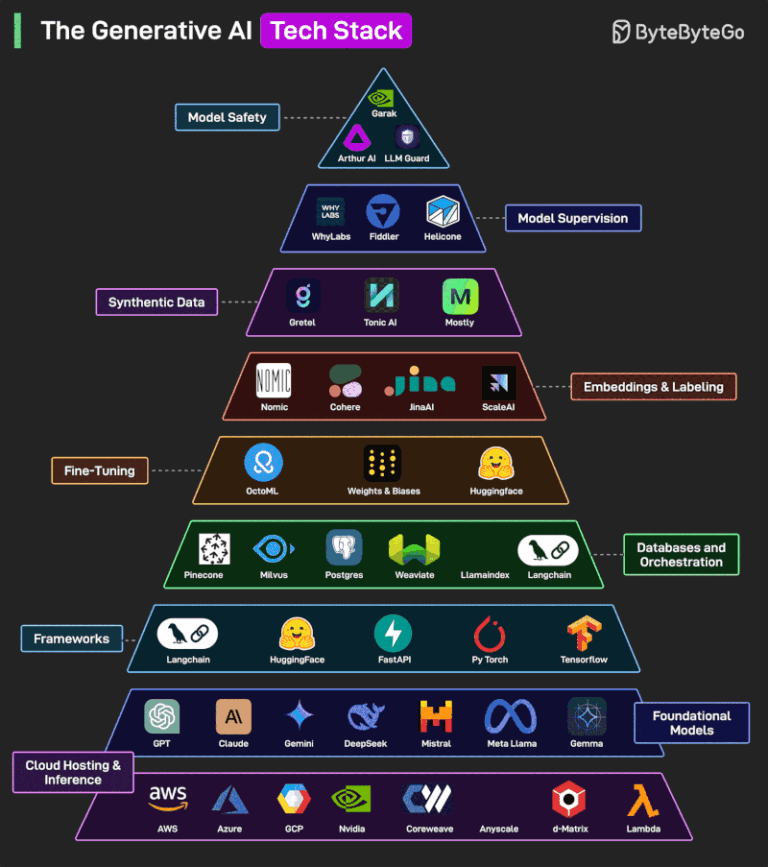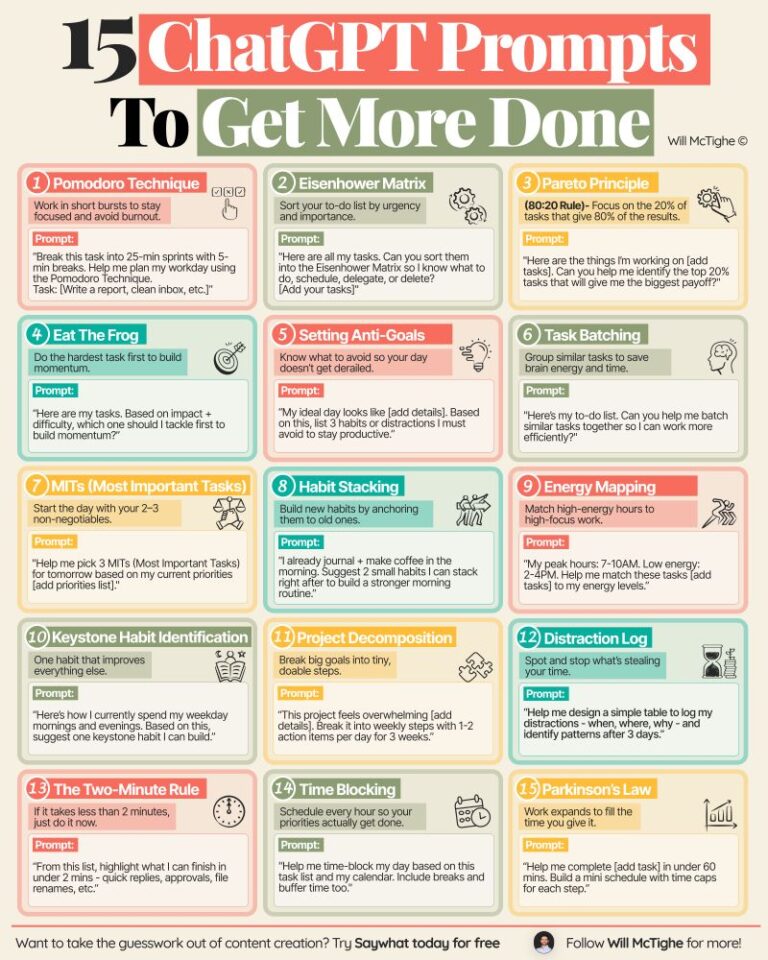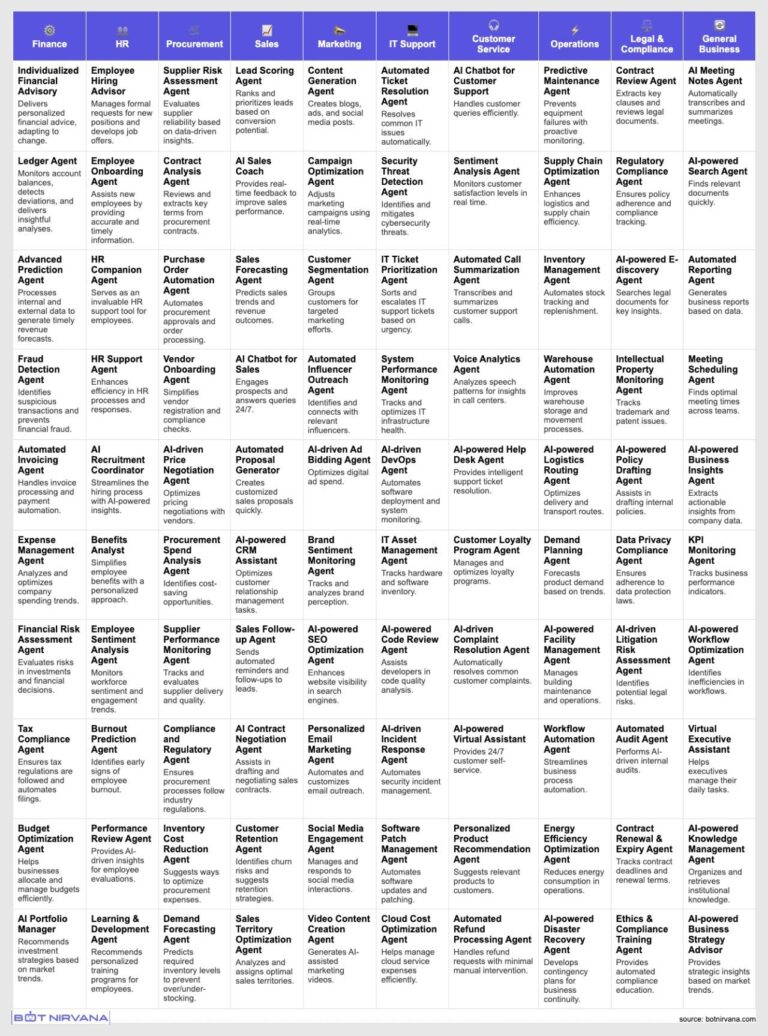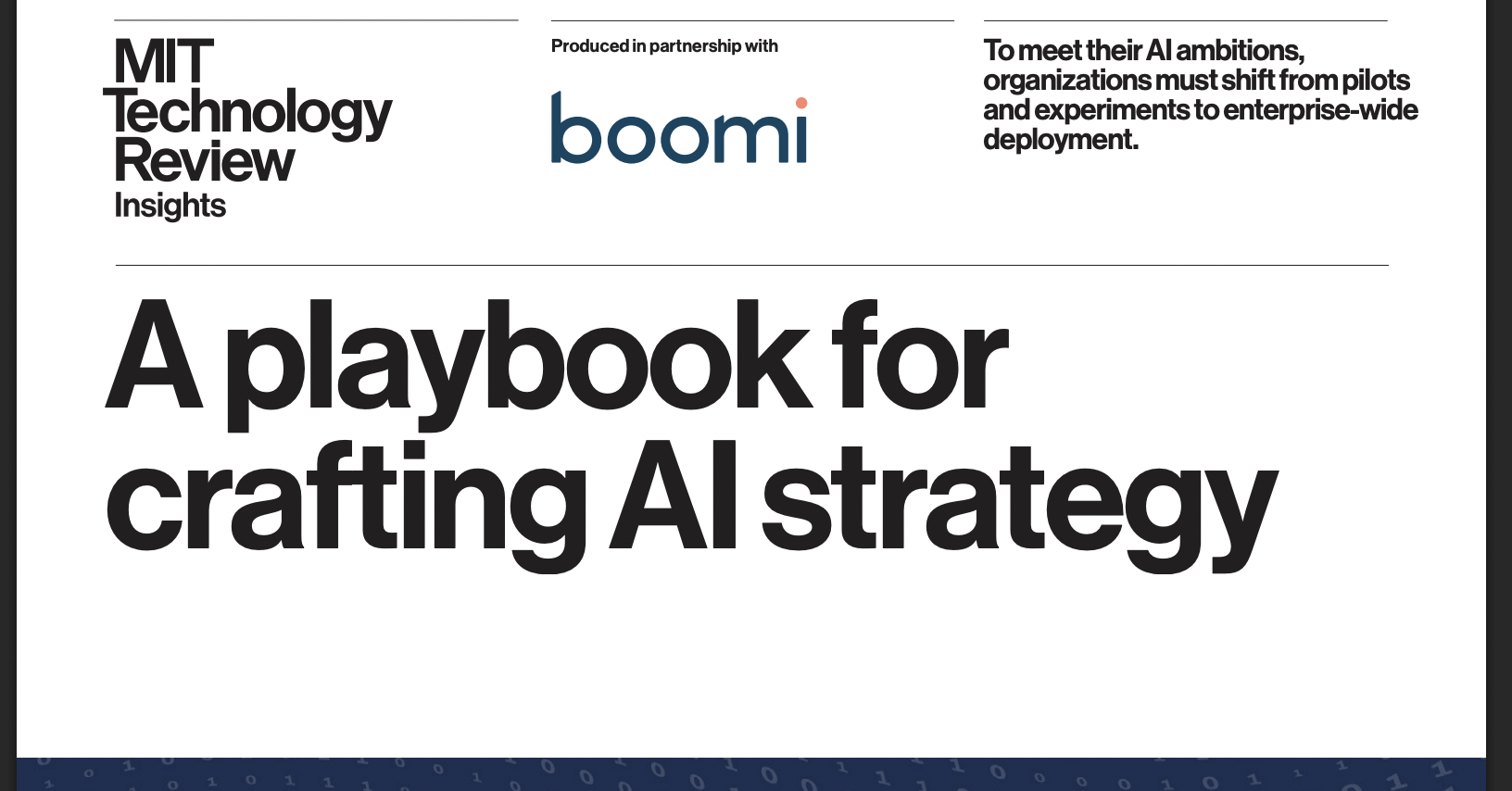AI Risk Management Policy: Protecting Operations and Reputation
A comprehensive AI risk management policy identifies, assesses, and mitigates potential threats before they impact your business. This framework balances innovation with protection, ensuring your AI systems enhance rather than endanger your operations.
Core risk management requirements include:
- Regular risk assessments of all AI systems
- Clear risk tolerance thresholds and trigger points
- Documented backup and failover procedures
- Incident response protocols with defined roles
- Business continuity plans for AI system failures
- Regular testing of risk mitigation measures
- Clear procedures for risk reporting and escalation
Each AI deployment must undergo systematic risk evaluation addressing:
- Technical risks (system failures, errors, data quality)
- Operational risks (process disruptions, dependency issues)
- Reputational risks (public perception, stakeholder trust)
- Legal risks (compliance violations, liability exposure)
- Financial risks (costs of failures, recovery expenses)
Example 1: Customer Service AI Risk Control
A telecommunications company using AI for customer support implements:
- Real-time monitoring of AI response accuracy
- Automatic failover to human agents when confidence drops
- Regular testing of AI responses to new scenarios
- Clear procedures for handling AI mistakes
- Documentation of all incidents and resolutions
When their AI system began showing unusual response patterns, this framework helped them quickly identify and correct the issue before it affected customers.
Example 2: Manufacturing Quality Control
A manufacturing company using AI for quality inspections protects operations through:
- Continuous monitoring of AI inspection accuracy
- Regular validation against human inspector results
- Clear thresholds for mandatory human review
- Backup inspection procedures for system outages
- Detailed incident logs and resolution tracking
Their system recently prevented a major quality issue by flagging unusual AI behavior and triggering human verification before defective products reached customers.
This risk management framework should be reviewed quarterly and updated based on new threats and lessons learned. Regular testing and updates ensure your risk controls remain effective as your AI systems evolve.



